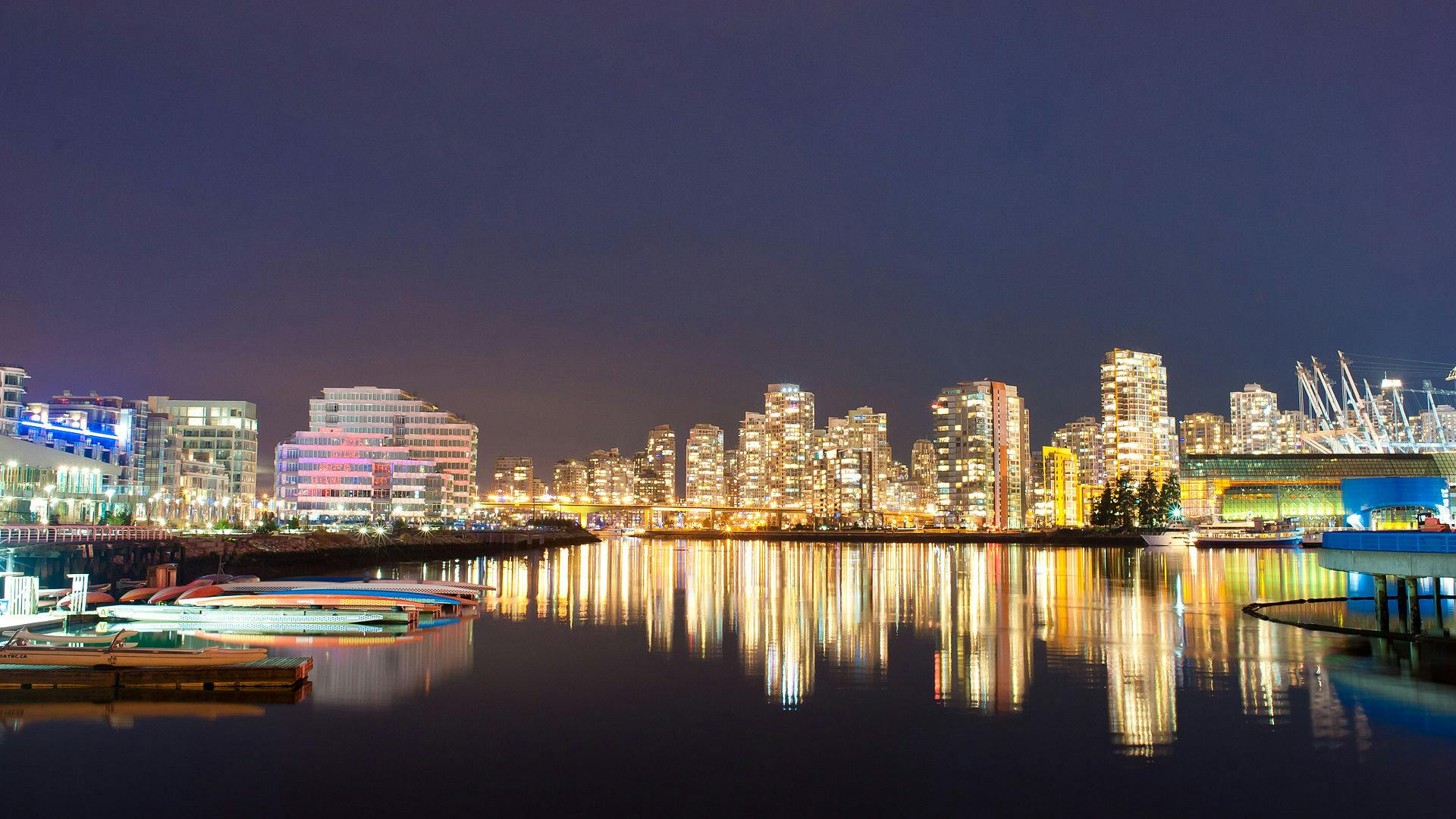Toilet Water Used As Renewable Energy Source
In False Creek, Canada, heat energy is captured from sewage wastewater.
False Creek in Vancouver, Canada. Photo by Wikimedia Commons / CC BY 2.0
Anamitra Swarupa • 10 Jan, 2024 • 5 Min
CEFR A2 (Easy)
